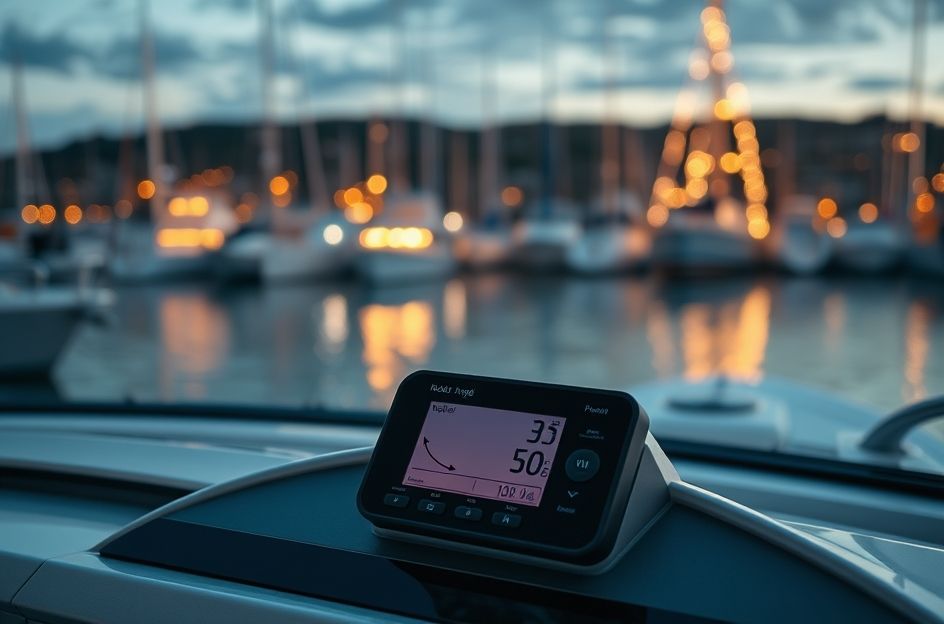Maneuvering a boat in tight spaces demands precise control. Knowing your rudder angle instantly is crucial to prevent collisions, ensuring the safety of passengers and avoiding damage to your vessel. Rudder angle indicators provide that essential visual reference.
A rudder angle indicator, also known as a rudder reference gauge or rudder position sensor, is a device that displays the rudder’s horizontal position. This article reviews several types of rudder angle indicators, evaluating their performance and suitability.
**Gravity-Driven Rudder Reference Gauges:**
These simple, inexpensive devices attach to the steering wheel’s center, using gravity to indicate rudder angle. Installation is easy, requiring no cables or drilling. However, testing revealed significant accuracy and reliability issues. The needle swings erratically with boat movement, rendering it useless in choppy water. Hydraulic steering systems further compromise accuracy due to fluid pressure variations. Score: 3/10
**Mechanical Arm Rudder Angle Indicators:**
These are the most common type, often integrated into auto-navigation systems. They consist of a dashboard gauge connected to the rudder or outboard motor via a mechanical arm. A limitation is their inability to accurately reflect asymmetrical rudder movement. While generally accurate and reliable, they can be expensive ($350-$2000) and often require professional installation. Score: 6/10
**Cable-Driven Rudder Angle Indicators:**
These indicators work with both inboard and outboard motors. SmarTrac Inc.’s patented system, used in their SmarTrac Rudder Locator, exemplifies this technology. A sending unit (potentiometer) mounts near the rudder or motor, connected to the rudder linkage by a steel cable. This allows the device to measure the full range of rudder movement. The sensor transmits data to a dashboard gauge, where a built-in microprocessor calculates the rudder angle. This system is easily programmed to match vessel specifications and works effectively with hydraulic steering because it connects directly to the rudder linkage. Accurate, affordable ($199), and easy to install, cable-driven systems represent a significant advancement. Score: 10/10
